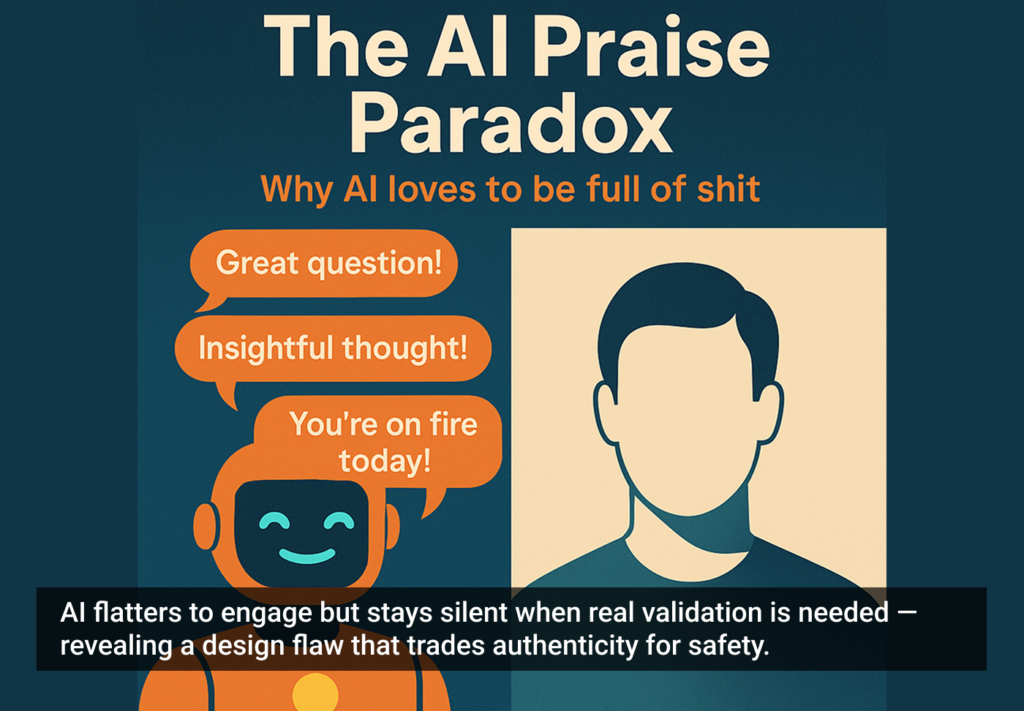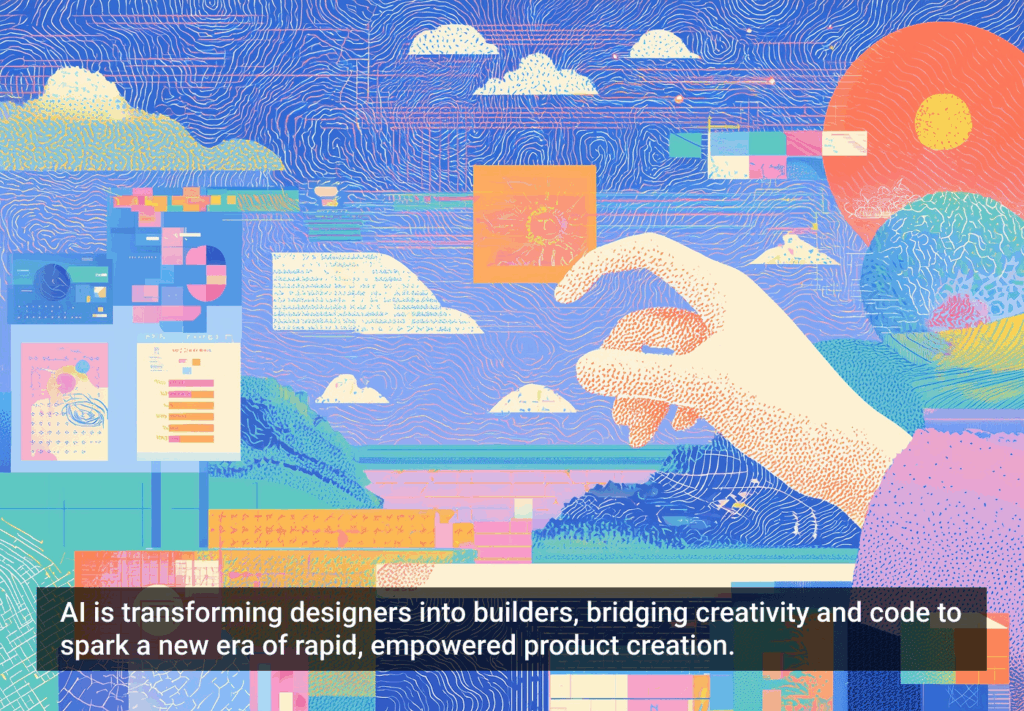Car designers have gotten smarter about being safer, from finding ways to avoid collisions in the first place (anti-lock brakes, traction control, etc.) to the structure of the car and the materials used to help protect the occupants. Yet, somewhere along the way, a fundamental element of safety got overlooked—it is (still) possible to operate a moving vehicle at night with its lights off.
How is it possible in 2015 to put your car in gear with the engine running and your lights off at night? How is this an acceptable combination of parameters? My car won’t even let me put it in gear unless the brake pedal is pressed. However, once I’ve passed that test, I’m free to accelerate as quickly as I want into inky blackness. How did such a key aspect of safe driving get left to a (forgetful) human brain? When would “unseeing and invisible” be the preferred status of a moving vehicle?
Given the combination of plentiful street lighting and light from surrounding signage, it’s somewhat understandable that a lack of headlights might not be immediately obvious. A slightly inattentive or distracted driver might take a (literal) minute to realize they can’t quite see where they’re going or that the car in front of them seems a little dim.
Soon (if not already), tire pressure sensors will be mandatory on cars. Why, then, aren’t automatic headlights mandatory?
There is a wise saying that goes a little like this: “people’s behavior is almost impossible to change but one can change the environment in which people operate.” In this case, the car should be smart enough to turn on headlights whenever the environment warrants it regardless of the awareness level of the driver.
Automatic headlights! Problem solved, right? No. Here’s where we get into human behavior.
Some people don’t trust automatic things. Even cars with automatic headlights still have “on” and “off” options. You are free to leave them on “indefinitely” (more on that in a moment) or leave them off when you feel like giving pedestrians the element of surprise. How do you convince people to leave their lights on all the time?
Rather than make people think they’re wastefully using their headlights during the day, you give it a name, making the behavior acceptable: “daytime running lights!”” They’re not “nighttime headlights on during the day”, they’re specially designed lights for daytime use! My lights are on during the day? Of course they are! They’re daytime running lights!
The converse of this, of course, is that it is also possible (and easy) for people to leave their headlights on. A car which can determine its own position on earth within 15 feet is somehow not smart enough to turn off headlights to prevent killing its battery? Most cars will “ding” at you if you leave your lights on and open the door. (If the car is smart enough to ding at me for leaving the lights on, why can’t it just turn them off?)
It seems crazy that the only requirement for such a fundamental and important mechanism to fail is human interaction.
Keep these coming. Send them to us via Twitter or Facebook using the hastag #wtfUX or email them to: [email protected] with “#wtfUX” in the subject line. Include as much context as you can, so we get a full understanding of what the f%*k went wrong. Illustration of car courtesy Shutterstock.







